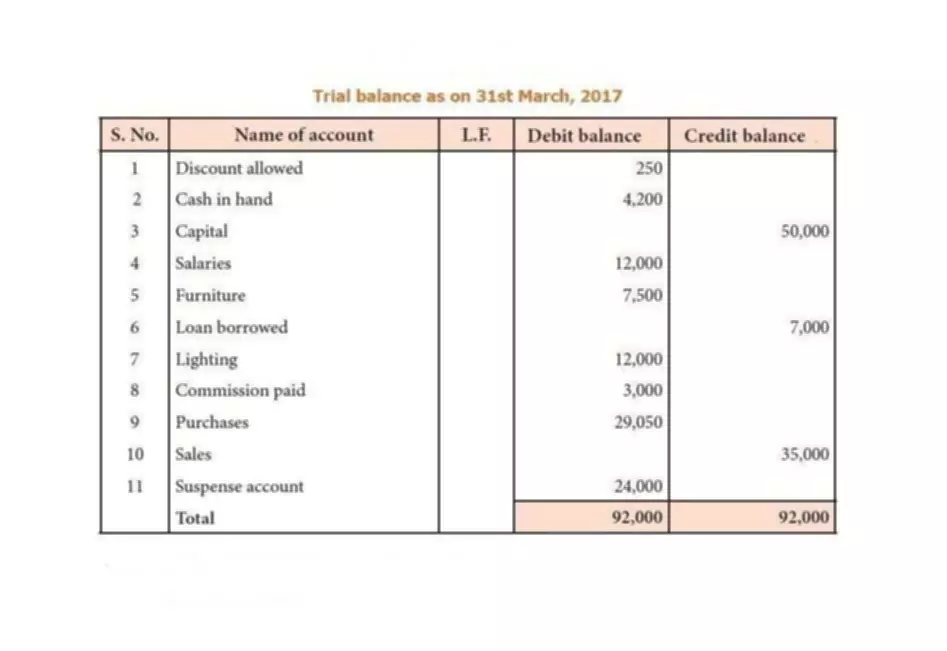Content
- How to set up bookkeeping for your nonprofit
- Make sure you can do fund accounting
- Best Practices of Nonprofit Accounting
- Resources for Your Growing Business
- Monthly budgeting tasks for your nonprofit organization
- Create an Operating Budget
- Which Financial Statements Are Most Pertinent to a Nonprofit Organization?
- Best Bookkeeping Software for Nonprofits
- Track Grants and In-Kind Contributions

One such activity that many nonprofit professionals don’t want to deal with is nonprofit accounting. Depending on the size of your nonprofit organization and the number of transactions, it may be wise to do bank reconciliations once a month. That way, you’ll identify potential bank errors, help track cash flow, and prevent fraud. The option you go for should also enable you to do fund accounting (i.e., use different accounts for different purposes).

Geltco accountants strive to save our nonprofit clients time, energy and money however possible, because we understand those resources are much more needed elsewhere. The final step in nonprofit bookkeeping is taking care of your tax obligations. Most nonprofits can apply to the IRS for a tax exempt status, which means that the nonprofit would be exempt from federal taxes under Section 501. Like regular financial reports, nonprofit financial reports are generated based on information from your general ledger. Generating any kind of financial report is complicated—it’s best done with the help of accounting software, or (ideally) a professional accountant or bookkeeper.
How to set up bookkeeping for your nonprofit
When you let us handle your nonprofit’s bookkeeping needs, you will be paired with one of our staff bookkeepers whose expertise is best matched to your needs. Cleaning up old, uncleared amounts in your bank accounts will make it easier for you to REALLY know how much money you’ve got in the bank. The idea of fund accounting, which emphasizes accountability rather than profits, is the primary difference between for-profit and non-profit standards. Non-profits often have a variety of general ledgers, or funds, as opposed to profit entities, which have a single self-balancing account. A skilled bookkeeper will be able to advise you on the finest accounting software for your organization.

You will want to open a bank account that is separate from your personal bank account. Once you’ve got your bookkeeping system setup and have started generating financial statements, the final piece of the nonprofit accounting puzzle is getting your tax obligations straight. Most nonprofit-friendly accounting software like QuickBooks Aplos or Nonprofit Treasurer will allow you to generate financial statements automatically. Although it’s possible to manually generate financial statements from your ledger or spreadsheet, it takes a ton of accounting knowledge and time to do it right.
Make sure you can do fund accounting
Your nonprofit’s statement of activities is also known as your income statement. This report shows the revenue and expenses over time at your organization. Plus, you can use this document to review your change in net assets from the beginning of the year to the end of the year. Caryl Ramsey has years of experience assisting in different aspects of bookkeeping, taxes, and customer service. She uses a variety of accounting software for setting up client information, reconciling accounts, coding expenses, running financial reports, and preparing tax returns.
After you’ve registered as a nonprofit with your state, the next step is to apply for tax-exempt status under Section 501. Restricted net assets are donations that have certain terms and restrictions attached, have special accounting procedures, and must be kept separate from other net assets. For more information about how to create a budget, check out the National Council of Nonprofits guide to Budgeting for Nonprofits. When you first started working at your nonprofit, what entranced you?
Best Practices of Nonprofit Accounting
To reconcile your bank account, you will go through every transaction line to make sure your bank account and accounting system align perfectly. Reconciliations performed each month will help you track your cash flow better, keep accurate books, and detect bank errors or fraud. Non-profit organizations should have a board nonprofit bookkeeping services of directors or trustees responsible for overseeing financial management. The board should review financial reports, approve budgets, and provide strategic guidance for financial planning. Non-profit organizations need to create a budgeting system to ensure they are allocating their resources efficiently and effectively.
What is the formula for nonprofit accounting?
For a nonprofit balance sheet, you will use the equation: assets = liabilities + net assets (instead of owner's equity). Let's break this down into simpler terms. Note that our template shows the Statement of Financial Position with assets on the left, and liabilities and net assets on the right.
Getting started with nonprofit bookkeeping isn’t easy, but it is essential. But here is a list of tasks that some nonprofits push onto their bookkeepers that are instead the role of an accountant. Most organizations will also need to track payments they are owed (accounts receivable), bills that they haven’t paid (accounts payable).
Resources for Your Growing Business
The key of delegating responsibilities is to limit the power that one specific individual has when it comes to handling finances. This relates back to one of our earlier best practices about establishing internal https://www.bookstime.com/ controls. One of the most important aspects of that process is role delegation, which is why I’m mentioning it separately. Accounting software can make your life much easier when it comes to managing your books.
It really helps to catch any mistakes and prevent inadvertent wrongdoing. For example, a lawyer may review a contract for your nonprofit and refuse to charge a fee. A purchase order is a document a purchaser (in this case, a nonprofit) sends to a vendor to confirm the purchase of different goods and services. The vendor signs this document and confirms all details of the purchase. Bryce Warnes is a West Coast writer specializing in small business finances.
Monthly budgeting tasks for your nonprofit organization
While most companies focus on making a profit by selling a good or a service, nonprofit organizations have their money come in from donors and contributors who are supporting an important social cause in society. Therefore, nonprofits put more focus on the accountability of the accounting cycle process. Nonprofit organizations follow a certain set of guidelines and procedures that keep them accountable to contributors and donors who want their money to go to certain projects and programs. While for-profit organizations have shareholders to appease, nonprofits have donors to thank and cultivate. The receipt for these donations is usually based on their fair market value.
- Editorial content from The Ascent is separate from The Motley Fool editorial content and is created by a different analyst team.
- Every nonprofit organization should have an annual budget and as one of its leaders, you should know where and how the money is being spent.
- Bookkeeping for a nonprofit, or nonprofit bookkeeping, represents a unique way a nonprofit organization plans, records, and reports its finances.
- And it’s one of the essential roles of bookkeeping in a nonprofit organization.
These tools are just the starting point to carefully managing the bookkeeping for your nonprofit organization. If you or an internal volunteer is doing the bookkeeping, make sure that they follow proper GAAP (generally accepted accounting principles) in everything that they do. Start by reviewing these necessary accounting principles for nonprofit organizations. A nonprofit’s statement of financial position is similar to a for-profit’s balance sheet. Unlike for-profits, a nonprofit does not have ‘equity’ but ‘net assets.’ Net assets are left after subtracting liabilities from assets. When you reconcile your bank accounts, all you’re doing is comparing each transaction from your bank statement with the ones you have in your books.
Intuit QuickBooks offers several plans, ranging from $30 to $200 per month ($15 to $100 per month for the first three months during the current promotion). Plan differences revolve around the number of users, customization options, inventory management, automations and expense tracking. You have to pay an extra fee for payroll services, starting at $45 per month. The statement of functional expenses was once only required for health and welfare organizations, but the FASB now requires all nonprofits to report expenses by their function and nature. In this article, we’ll dive into bookkeeping for nonprofit organizations. Fund accounting is a system of accounting that allows organizations to separate their money into different categories, or “funds,” to stay organized.
Just like for-profit businesses, nonprofits need to spend money on accounting. However, it’s important to consider that nonprofits require a much more robust system of bookkeeping and accounting than for-profit businesses. Designating a person and a place to be in charge of money is probably the single most important place to start, and is often overlooked! The best way to do this is by electing a treasurer or financial officer, and opening a bank account specific to your organization – non-profits shouldn’t use a personal bank account. That way all of your bookkeeping can be left in one place; no more searching around for receipts and sifting through personal bank accounts.
